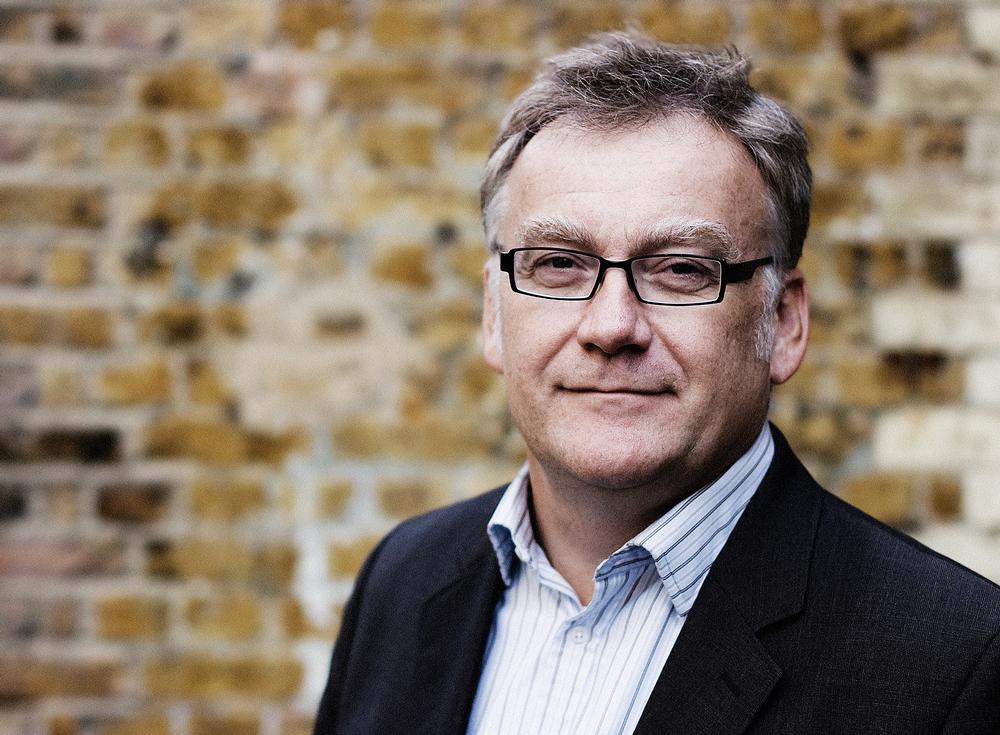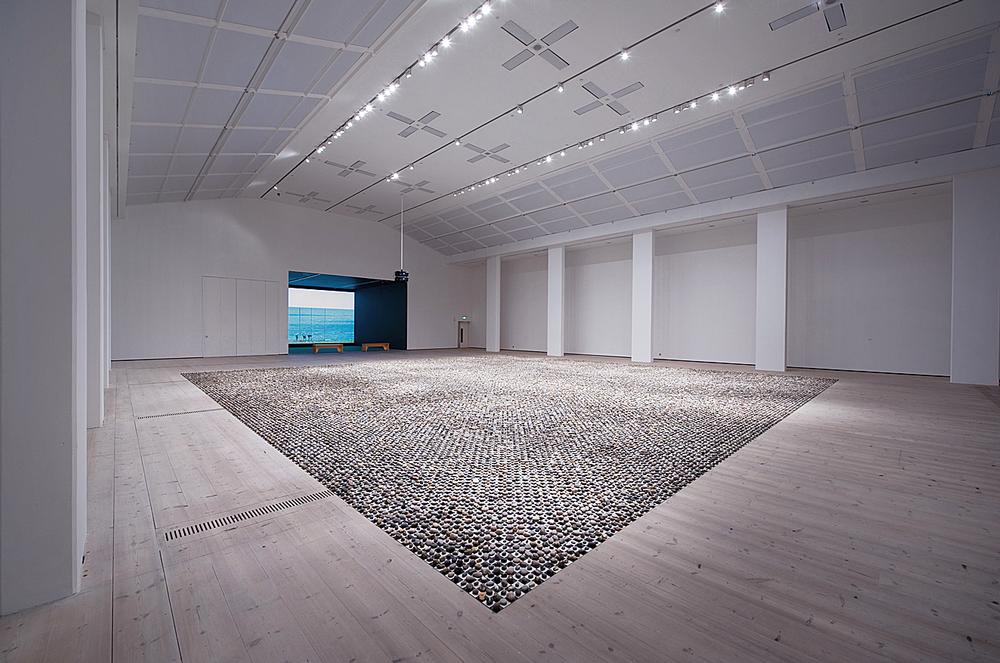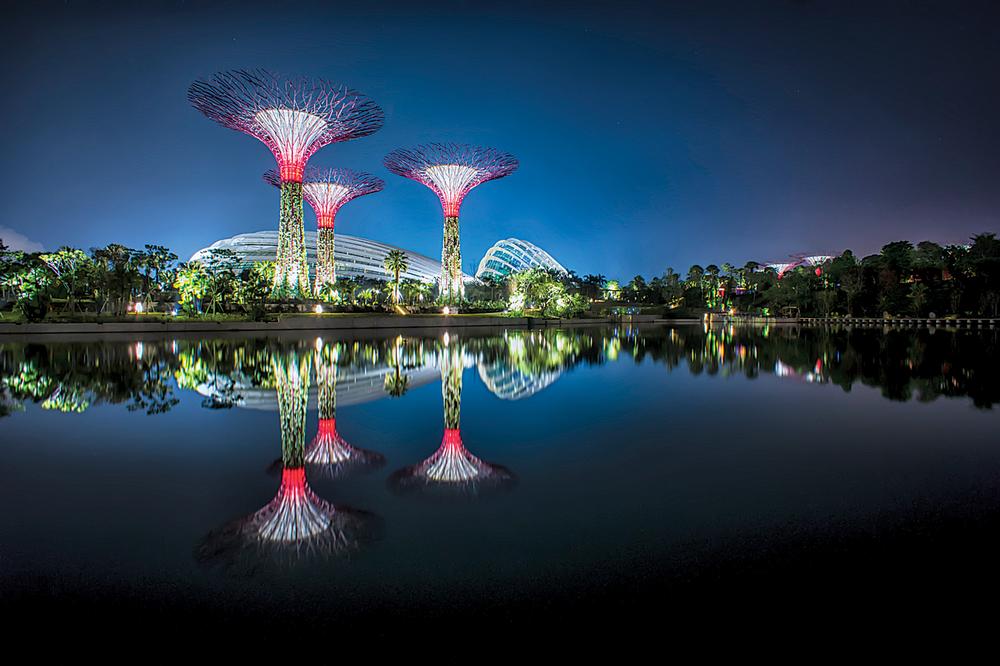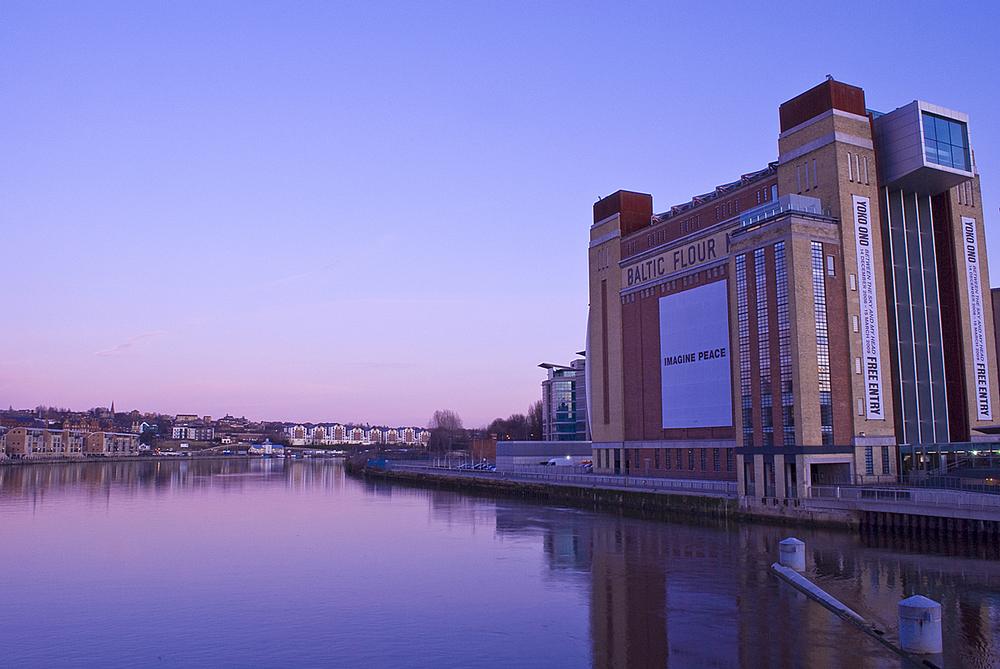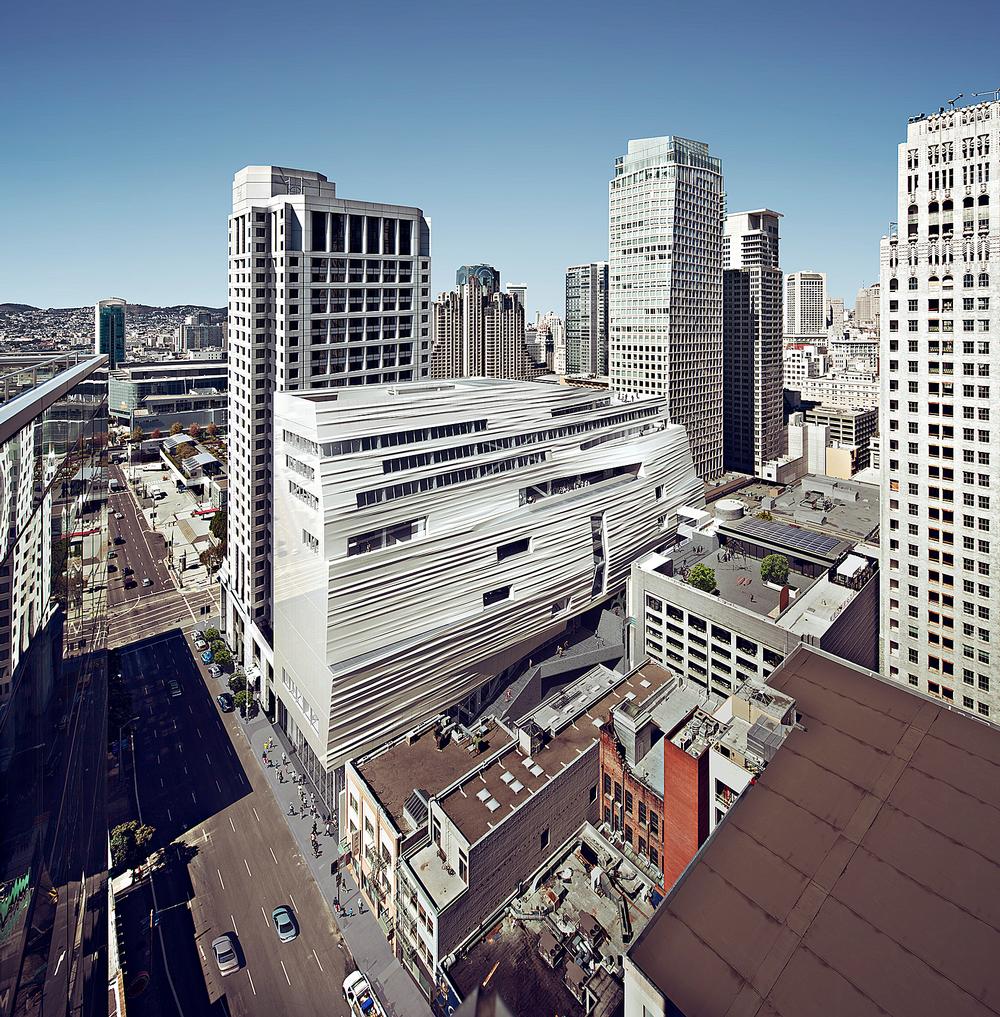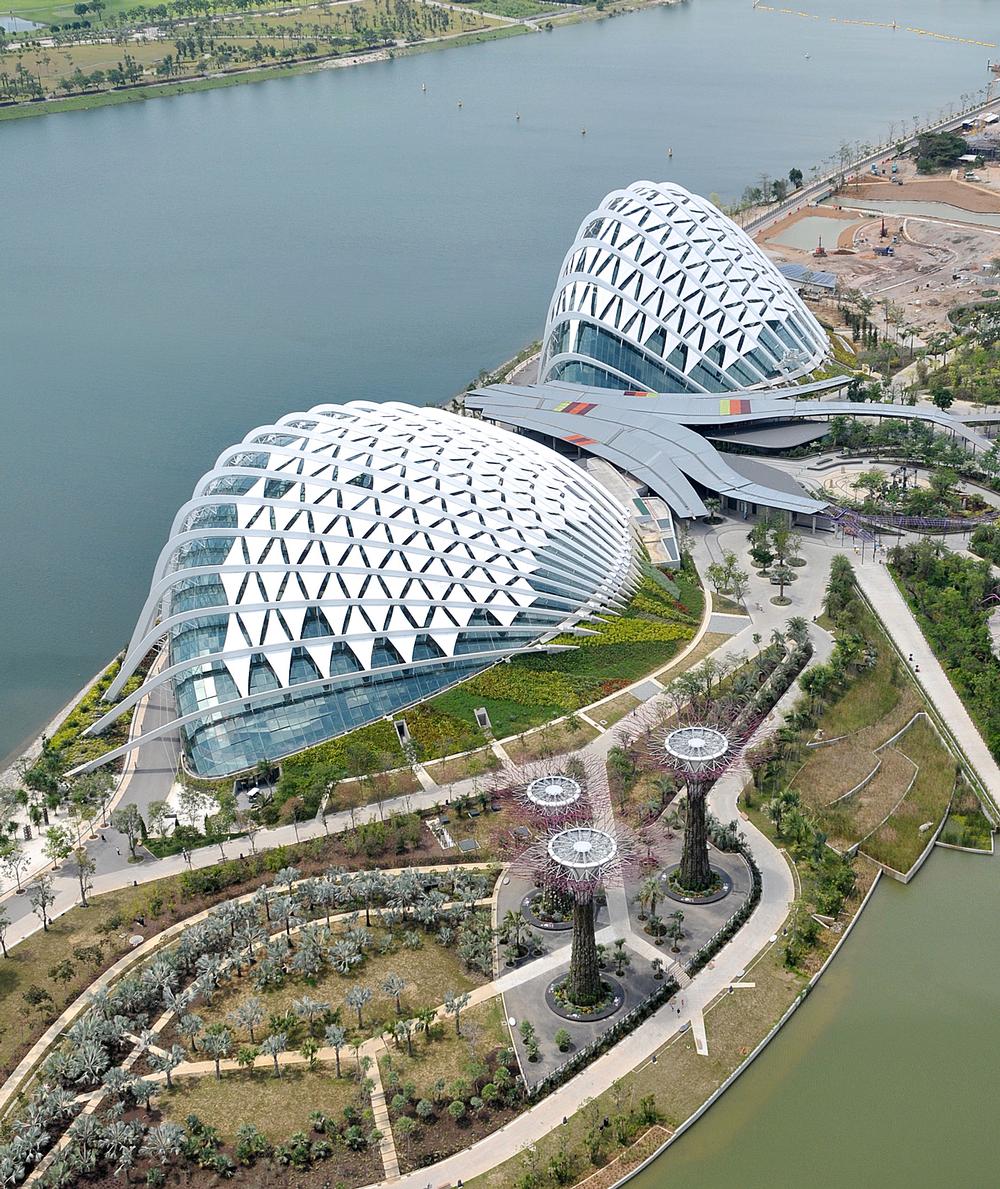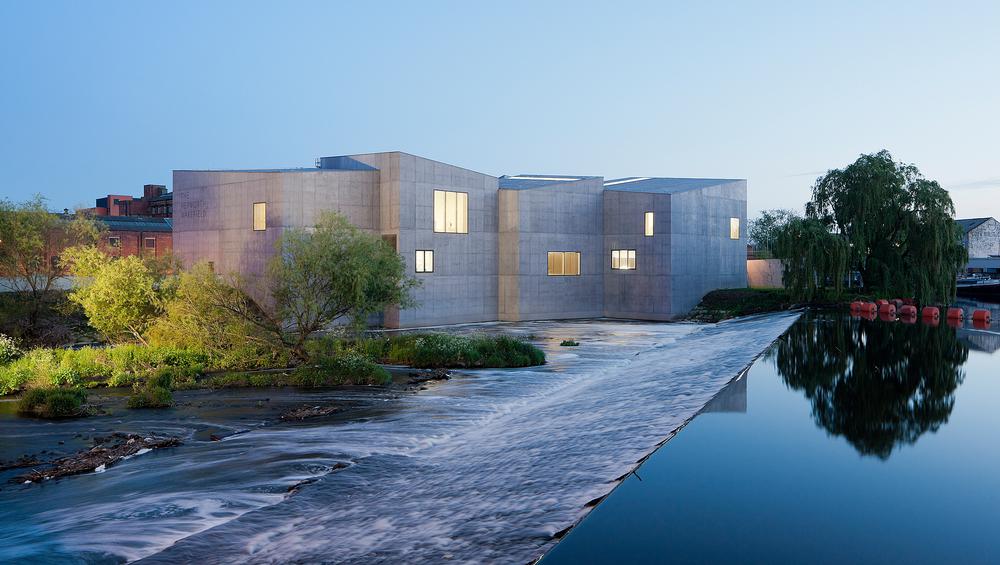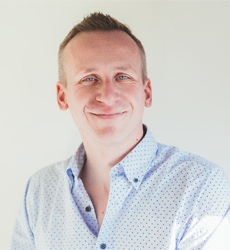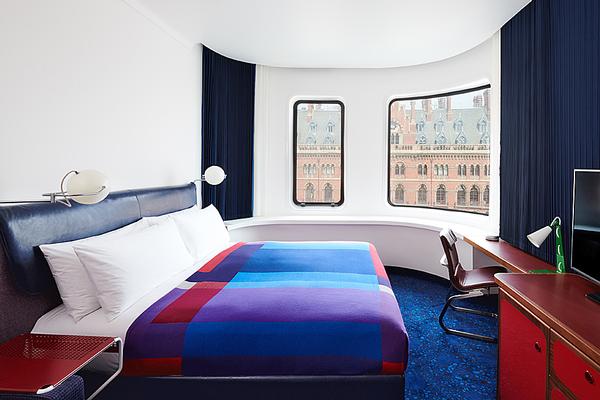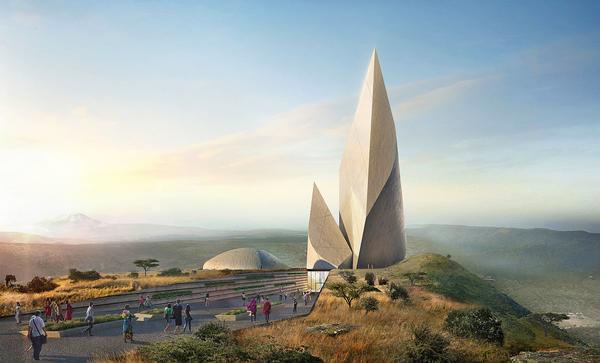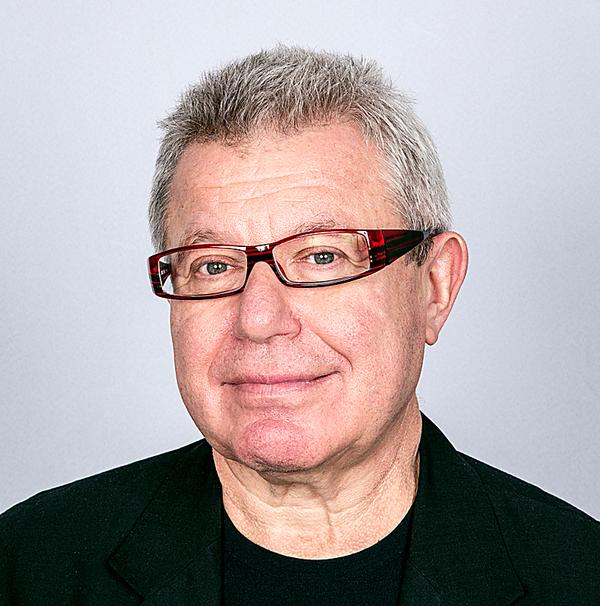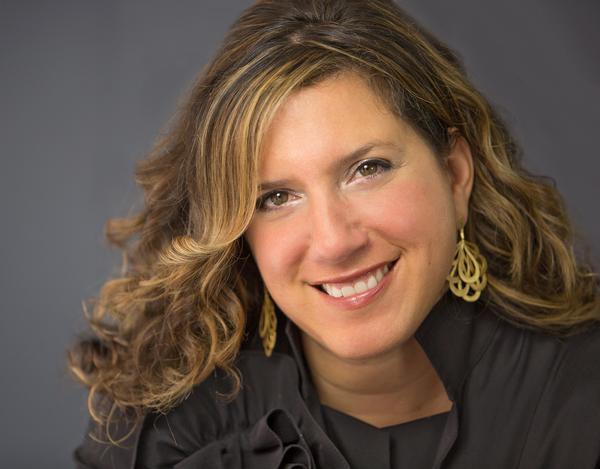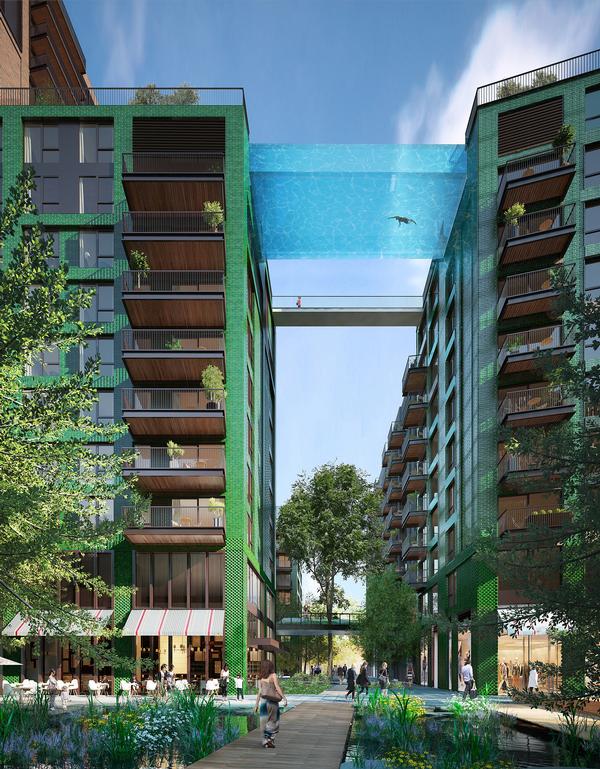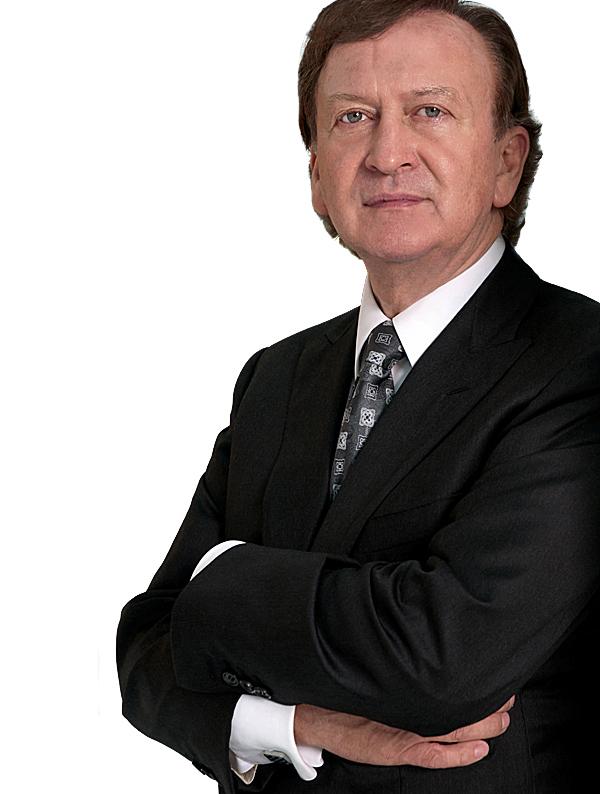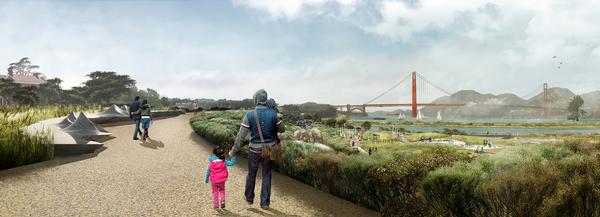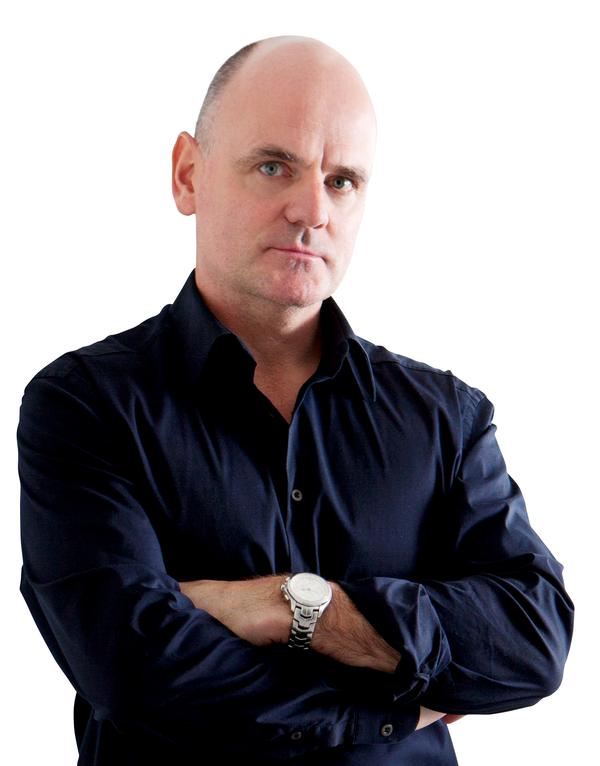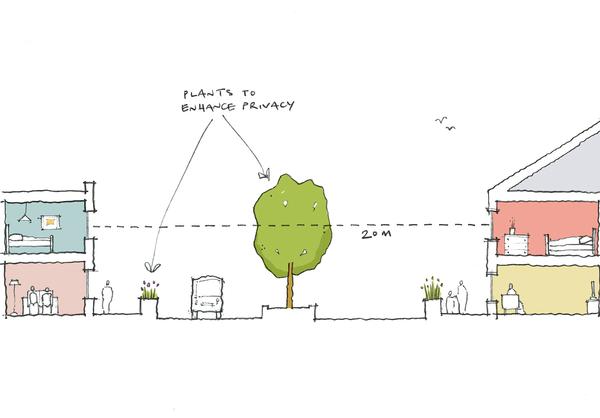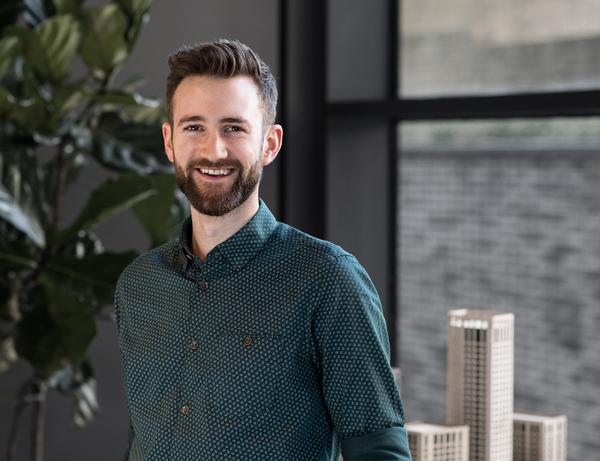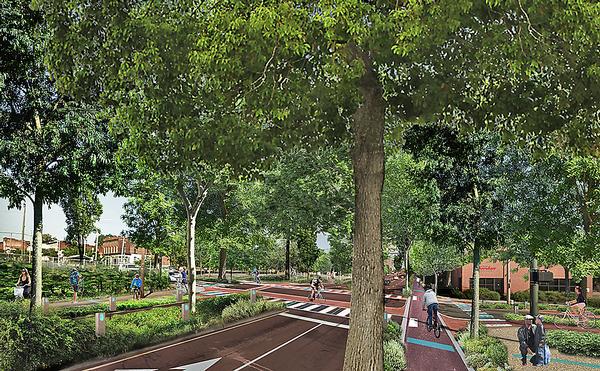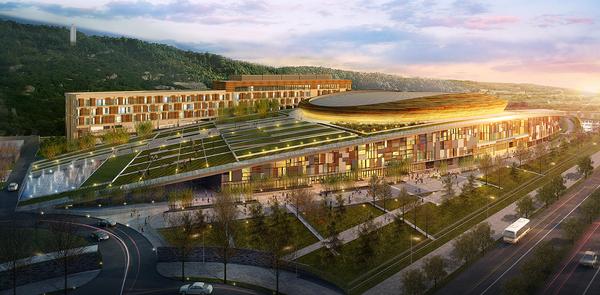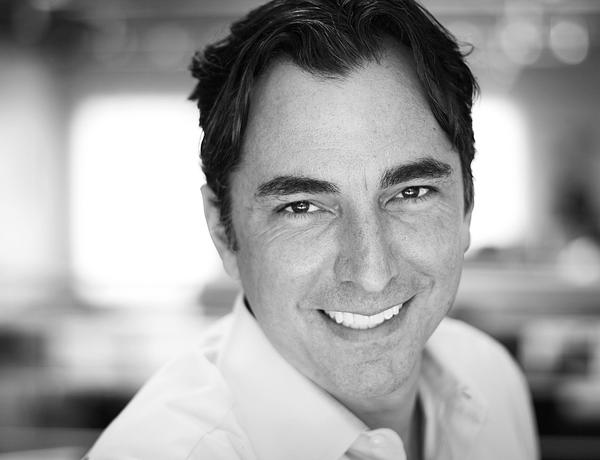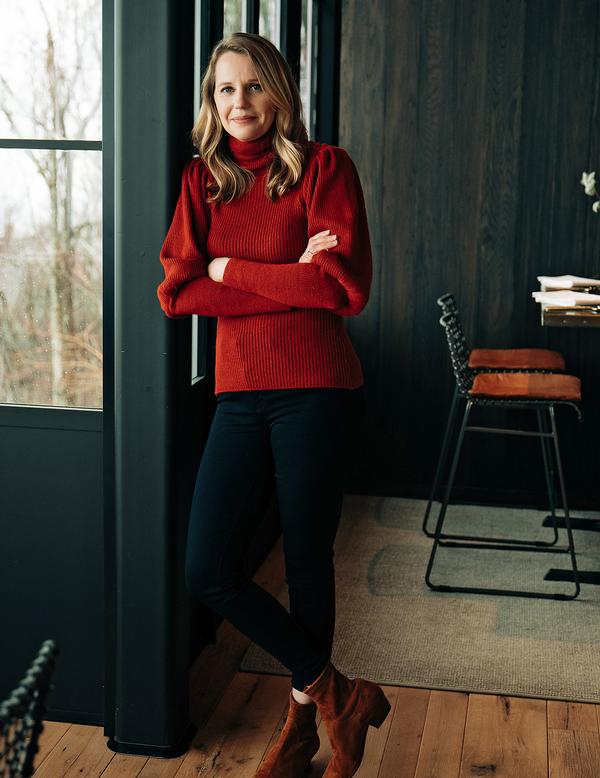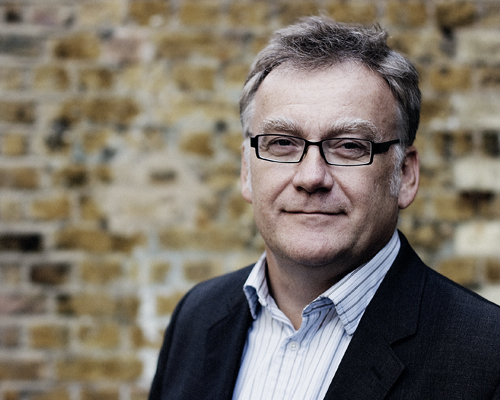Green Building
The invisible architect
Working on projects including the San Francisco Museum of Modern Art expansion and Gardens by the Bay, Singapore, Atelier Ten founder Patrick Bellew reshapes the way buildings interact with the environment. He speaks to Magali Robathan
About Atelier Ten
As environmental design consultants and building services engineers, Atelier Ten are committed to the design and delivery of high-performance building services systems and sustainable building design. With a history of innovation, they’re not afraid to challenge conventional thinking and have worked with a wide range of architects, including Stirling Prize-winning practices AHMM, Haworth Tompkins and Wilkinson Eyre, as well as big names such as Zaha Hadid Architects, Foster + Partners and Heatherwick Studio.
Atelier Ten describe their core objective as meeting the needs of clients by developing well-integrated buildings with simple systems that work with the natural laws of physics to increase wellbeing, reduce energy consumption and contribute back to the greater environment.
Founded by Patrick Bellew in London in 1990, the company now has offices in New York, San Francisco, New Haven, Doha, Bangkok, Singapore, Glasgow, Edinburgh, Melbourne and Sydney, Atelier Ten employs more than 180 staff. worldwide
Patrick Bellew, founder, Atelier Ten
How would you sum up the philosophy of Atelier Ten?
We set out to develop more sustainable masterplans and buildings, as part of a mission to create a more sustainable built environment. We take a pragmatic approach, rooted in a desire to try and make the most of resources and to do as much as we can with as little as possible.
Our aim is to build intelligently and work with other designers in an integrated way so that we minimise the impact on things like the consumption of materials, energy, water and carbon.
What sets your work apart?
A combination of analysis, intuition and graphical output that helps to really move the conversation about green design forward.
We offer a huge range of skills. A traditional engineer just does engineering, but we do a lot more work in analysis and master planning.
Fifteen years ago we established offices in the US where we only do consultancy in environmental building design. Engineering is still a big part of what we do in Europe.
How do you approach each new project?
We think of ourselves as climate engineers, making good weather in buildings, so the first presentation from us is almost always an analysis of climate. The responses in traditional architecture vary across different climates, and we think the responses of modern architecture should be no different. Understanding the local pressures is important. In Southern California, for example, water is the biggest issue. They have lots of sun and it never gets cold, so insulation is not such a big deal; it’s all about the water.
We work really closely with the architect, and where the owners want to get engaged we will work closely with them as well.
What are you working on now?
We’re currently working on the expansion of the San Francisco Museum of Modern Art, which is due to open in May. It’s a wonderful extension to the existing modernist MOMA museum by Snøhetta. It’s an ambitious and gorgeous building, with very high environmental standards. We’ve been working with a local engineer to drive the environmental performance, and it’s on track to achieve LEED Gold certification.
We’ve been working with Heatherwick and BIG on the Google headquarters project in California, which has been very challenging and exciting.
We’re also working on a large resort project on mainland China with Wilkinson Eyre Architects. I can’t give too many details on that yet, but it’s a follow-on project from the Gardens by the Bay in Singapore – which we also worked on with Wilkinson Eyre. It’s also very exciting.
We’ve got a couple of big London hotel projects on the boards – one in West London and one near the City. They’re looking to hit very high standards of environmental performance.
We’re also working with Shigeru Ban on a tall, all-timber residential structure in South London which is a very challenging project.
Are you doing any masterplanning?
We’re working with four highly respected London architects to deliver a sustainable, high-profile recreational and residential masterplan for a large site in south-west London, the first phases of which are under construction. It will feature a public sports facility with a swimming pool, a community centre, plus five acres of public squares, streets and gardens and 400+ homes.
The client had ambitions for the project to achieve the highest international standards for a sustainable masterplan; we proposed they work with an assessment tool developed by the US Green Building Council called LEED-ND (for Neighbourhood Development).
From the work that followed with the client and a willing design team, the project became the first ‘Platinum’ rated scheme in Europe.
As well as putting obvious things in place, such as energy and water conservation strategies, a good masterplan needs to balance a range of other elements such as developed area vs amenity and usable green space, the public and private realm and permeability. It also needs to include a good mix of leisure and residential.
Perhaps rather unexpectedly, even a super-prime development can offer really state-of-the-art engagement with sustainability.
Do you have a favourite project you’ve worked on?
Gardens by the Bay [three waterfront gardens on reclaimed land in Singapore] is probably the project that we’re most proud of.
We worked with landscape architect Andrew Grant and architectural practice Wilkinson Eyre on the two sustainably-cooled conservatories at Gardens by the Bay, acting as environmental consultants.
The biggest challenge was creating an environment in which European plants could survive in a tropical climate. That meant they needed the right levels of light, temperature, humidity and variability to mimic a European environment. In addition, the client required that the two giant, cooled conservatories had to use no more energy per square metre than a Singapore office building, so we had to think about a way to make that happen.
We used a liquid desiccant to remove moisture from the air; the challenge was how to provide cooling without using energy. We happened upon a solution which was based around using huge amounts of waste timber that the client was sending off for incineration from his tree management programme in Singapore. We intercepted that waste, mixed it with packing case waste from the local port and burned that on site. We then used the waste heat to drive the cooling, power and desiccant systems. The whole garden runs on a city waste product without any other energy input. It tells a really powerful story about how a city can contribute to the running of individual buildings.
Together we produced an extraordinary building. The ambition was lofty, the goals were challenging, but it all came together.
Do you use biomimicry principles in your work?
I don’t see biomimicry as just a tool, I see it more as a source off inspiration. What we do is difficult for people to get their heads around and using examples from nature is a wonderful way of getting them to think about the possibilities.
Back in 2002, we worked on the Federation Square arts and media development in Melbourne, developing a large labyrinth structure under the public piazza to provide free cooling for all of the bars and restaurants there. When we were presenting to the client, I drew very heavily on the way termites cool their nests – they build a big energy store underground, which provides passive cooling throughout. I used that as a metaphor for the design, and the client went for our solution partly on the back of that biomimicry explanation.
These days we have a lot more digital and electronic tools for doing analysis, so we rely more on finding data-driven solutions than intuitive solutions, but in those days we used those kind of metaphors very strongly.
How has the introduction of benchmarking systems such as BREEAM and LEED affected your work?
The introduction of BREEAM and LEED has been a powerful force for change. It’s not the answer to everything, but it has raised the bar across the industry to an enormous degree.
In the early days, we worked with universities in the US. They might say they wanted to go for LEED Silver, but once they found out another university was going for Gold or Platinum, they’d step up too. It’s the same with property developers. They set out with fairly low ambitions. Once they understood what was involved, they started to compete to be the greenest, the biggest and the best.
The introduction of these benchmarking systems has also provided an extraordinary way of getting the whole supply chain up to speed. Twenty years ago, the company that supplied the plasterboard or hauled the trash on the site wouldn’t have had a clue what you meant if you’d talked about sustainability. Now they all know which LEED or BREEAM credits their particular service will get them and what they have to do to achieve them.
What single advance in technology has most contributed to the work you do?
The ability to link different pieces of software and run dynamic simulations is the most significant development. It has completely transformed our work. We used to do so much by instinct.
I remember once it taking me two weeks to manually calculate a single load case for a new building, and by the time we got the calculations done, the design had gone past the point where you could impact it. It was very frustrating and difficult to make improvements.
Today, using products like Grasshopper and Maya, we can link software together to produce enormous models that allow us to really get under the skin of a building. Once we have the data we need, we can get back to the architects very quickly with the answers.
Can you think of some really excellent examples of sustainably-designed buildings?
Renzo Piano’s Beyeler Foundation Museum near Basel in Switzerland is stunning. I love the way it manages light. That’s been an inspiration for me since the very beginning.
I was very impressed by the Hepworth Wakefield [UK] gallery by Chipperfield. The way the environmental systems have been so seamlessly integrated into the building is fantastic. The Auckland Art Gallery Toi o Tamaki by Francis-Jones Morehen Thorp is another really beautiful building with great environmental credentials. The materiality of it, the systems and the way it was all put together by the teams working on it was very impressive.
Do you ever get conflict between the engineers and architects on a project?
Of course; though perhaps ‘creative tension’ would be a better way of expressing it! If you followed engineers’ solutions for the most sustainable houses, everyone would live in black boxes with a bit of managed ventilation, an LED light bulb and a solar panel on the roof. But where would the joy be without light and shadow and variety?
That’s where architecture takes over. We work with architects to optimise what they’re trying to achieve, not to try to impose our engineering reductivism on them. In the end they’re the ones with the vision for the building.
What have been the biggest changes since you launched Atelier Ten?
The shift in attitudes. The thing that’s made the biggest difference is people’s willingness to understand the importance of sustainability. A few years ago it was seen as being a bit faddy and marginal. Now, because so many people across the whole industry are on board, it’s moved on in leaps and bounds. Once you get volume, things become more affordable and then everything starts to change more quickly.
What invention has most impacted your work?
The one thing that’s made the biggest difference across the board is the arrival of the LED light bulb.
It produces what we need at a fraction of the energy consumption of a traditional light bulb, and it doesn’t produce heat, so you haven’t got to air condition it out once you’ve got the lights on. That’s transformational in a major way.
Are you optimistic or pessimistic about the future?
I’m on the fence. We’re faced with some pretty catastrophic issues in the next 100 years; one has to remain optimistic about our ability to overcome them, but when you see how blind we’ve been to what’s been coming at us over the past couple of decades, it is a bit dispiriting.
What will the next year bring for Atelier Ten?
We’ve got some amazing projects in the pipeline, in California, London, Singapore, Doha, China and more, and also a number of major buildings coming on stream soon.
SFMOMA opening in May this year will be exciting for us. We always look forward to big buildings opening – to being there with all the teams and our client and enjoying the experience of the thing we’ve helped to create.
What makes you happy?
Just sitting down, with felt tip pens, tracing paper and a willing architect, structural engineer and landscape architect and creating something that goes on to become a great building.
The early days of a project, sketching out the ideas and seeing them morph into a building, are by far the most enjoyable part of the process.
What makes you angry?
The stupidity of governments and the unwillingness of people to stick to their guns. If you say you’re going to do something, do it; don’t keep chopping and changing your mind. The inadequacy of government systems bores me.
What would you like to be remembered for?
As someone who’s always been willing to be generous and to share ideas – whether it’s with the people I work with or with students or mentees. We’re very open as a company, so hopefully we’ll be remembered for that.
Ben Channon has written Happy by Design, a new book about how architecture affects our mental health. He explains how we can all be happier at home



